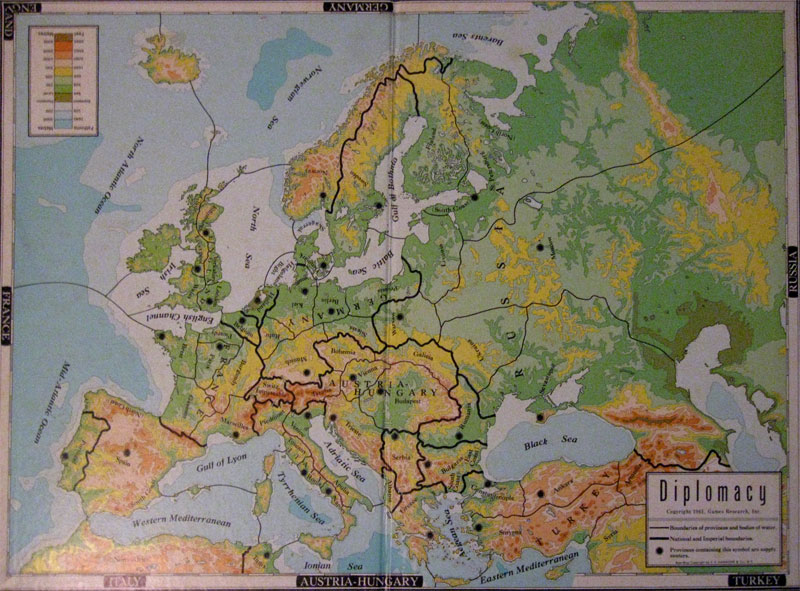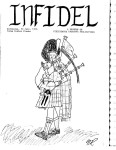The spectre of Hitlerian fascism looms over the western world once again, but Der Spiegel won’t take this threat lying down:

“How Fascism Begins”: The present cover of Der Spiegel, depicting Björn Höcke, Marine le Pen and Donald Trump as the new fascists. Establishment German hysteria about “the right” is now achieving an intensity to rival American hysteria about race during the Summer of Floyd.
Hitler is not like other mortals; he may not really be dead, and his spirit is likely to return at any moment. Perhaps it already has. This is why our foremost news magazine, Der Spiegel, chose this image to head their cover story on “The Secret Hitlers“, a bizarre opus of current-year political lunacy penned by Lothar Gorris and Tobias Rapp.
“Is fascism returning?” Gorris and Rapp want to know. “Or is it already here, in the form of [Donald] Trump, [Viktor] Orbán [or Björn] Höcke? And if so, could it disappear again?” What follows, they explain, is “an attempt to identify evil”.
This is the kind of insanity that comes over you when you elevate establishment political ideology into a civic religion. You reduce the entire project of state politics to a dubious exercise in piety, where the aim is not to achieve good outcomes or develop pragmatic solutions, but to engage in moral peacockery. For the Gorrises and the Rapps of our discourse, the greatest problem facing the liberal faithful of the Federal Republic is not mass migration, deindustrialisation, soon-to-be-insolvent pension programmes or the overblown state entitlement system, oh no. It is finding and rooting out mythological political demons and preventing the second coming of the secular antichrist.
Gorris and Rapp (for convenience, I will refer to these feeble-minded men henceforth as Grapp) open with an extended anecdote about a 2016 board game called Secret Hitler.
The setting is the year 1932, the Reichstag in Berlin. The players are divided into two groups: Fascists and Democrats, with the Democrats making up the majority, which sounds familiar. The Fascists have a decisive advantage at the start: they know who the other Fascists are, which also reflects the truth in the history books. The Democrats don’t have this information; every other player could be friend or foe. The fascists win the game if they get six laws through the Reichstag or if Hitler is elected Chancellor. To win, the Democrats must pass five laws or expose and kill Hitler.
The basic premise of the game is that everyone pretends to be democrats. In truth, the real democrats would only have to trust each other and the fascists wouldn’t stand a chance. But it’s not that simple, because sometimes the democrats have to vote in favour of a fascist law for lack of options and therefore fall under suspicion of fascism. Which is exactly what the fascists want.
One realisation: there is no guarantee of the right strategy that will ultimately see the good guys win and the bad guys lose. One wrong decision that feels right, and Hitler is Reich Chancellor. It was all chance, just as there was no inevitability in 1933. The other realisation: it can be fun to be a fascist.
The cryptofascist myth will never cease to amaze me. Absolutely everybody in 1933 knew who “the fascists” were. The ones in Italy literally called themselves fascists, which was one way to identify them. The ones in Germany openly derided liberalism and dreamed of a nationalist revolution that would put an end to the hated bourgeois democracy of the Weimar Republic. Hitler was a national politician who wrote and spoke openly of his aims. Secret Hitler in no way “reflects the truth in the history books”. It is a deformed fantasy about modern politics, which reflects nothing so much as the burning demand for and the vanishing supply of actual Nazis to hyperventilate about.
Now it is true that a lot of erstwhile liberals went over to National Socialism after the Nazis seized power, but these were not the secret fascists of Grappian fever dreams. The were just followers, as are a great many of the self-professed liberals active today. Were communists or illiberal nationalists to take over tomorrow, millions of people would line up behind the new political ideology like the sheep that they are, and I suspect that Grapp would be right at the head of that line.
Because our crack fascist identifiers suffer from a crushing lack of self-awareness, they declare that “relapsing into fascism is the primal fear of modern democratic societies”. Such a relapse, they explain, “long sounded hysterical and unimaginable”, but “now it seems serious and real”.


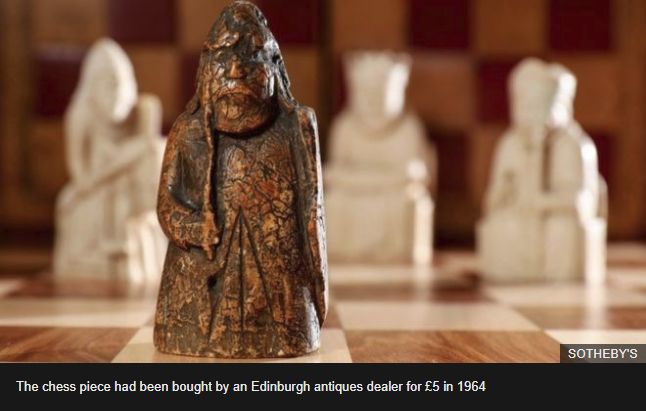
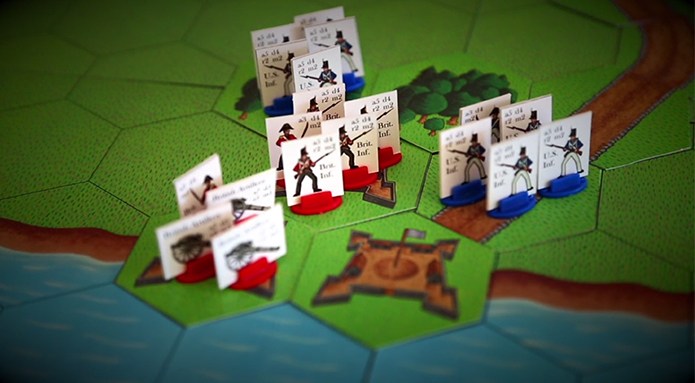
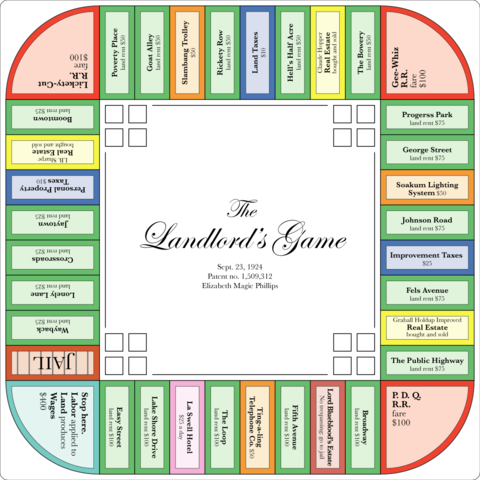
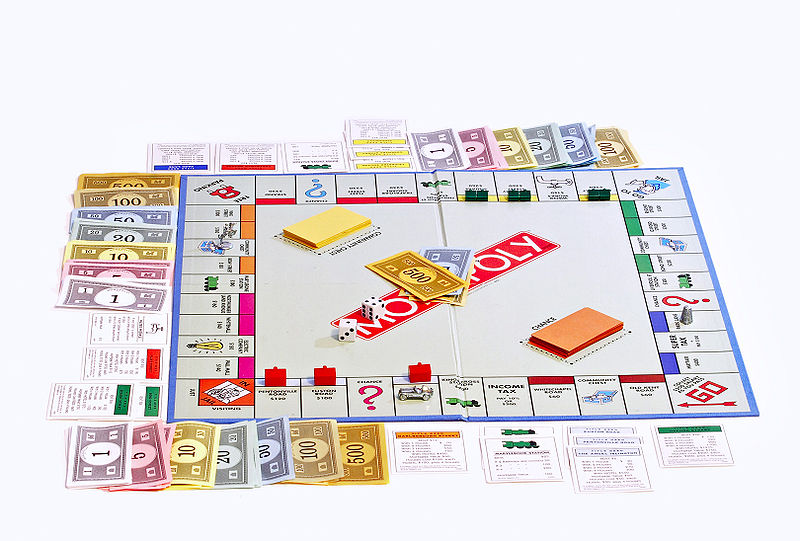

 Back in the early 1980’s, I was working in Toronto’s largest toy and game store, Mr Gameways’ Ark. It was a very odd store, and the owners were (to be polite) highly idiosyncratic types. They had a razor-thin profit margin, so any expenses that could be avoided, reduced, or eliminated were so treated. One thing that they didn’t want to pay for was Muzak (or the local equivalent), so one of the owners brought in his home stereo and another one put together a tape of Christmas music.
Back in the early 1980’s, I was working in Toronto’s largest toy and game store, Mr Gameways’ Ark. It was a very odd store, and the owners were (to be polite) highly idiosyncratic types. They had a razor-thin profit margin, so any expenses that could be avoided, reduced, or eliminated were so treated. One thing that they didn’t want to pay for was Muzak (or the local equivalent), so one of the owners brought in his home stereo and another one put together a tape of Christmas music.
